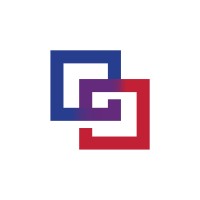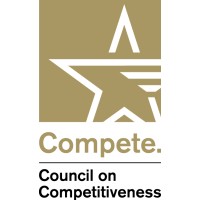Council on Competitiveness
900 17th Street, NW, Washington, 20006, US
Last Update: 2025-11-28
The Council on Competitiveness is a non-partisan leadership organization of corporate CEOs, university presidents, labor leaders, and national laboratory directors committed to enhancing U.S. competitiveness in the global economy. Dedicated to building U.S. prosperity, these agents of change play a powerful role in shaping America’s future by delineating emerging forces transforming the economy, tackling critical challenges, convening thought leaders who develop action agendas, and galvanizing others to act. In support of an agenda evolving as new competitiveness issues arise, the Council advocates for positive change through national summits, signature initiatives, policy recommendations, and leading-edge analyses. The Council has an integrated view of competitiveness—cutting across four pillars of innovation as defined by the Council’s landmark National Innovation Initiative—TALENT, TECHNOLOGY, INFRASTRUCTURE AND TECHNOLOGY. All is reflected in strategic initiatives designed to move diverse stakeholders in the U.S. economy from knowledge to action. ★ Raise your competitiveness IQ ★: Follow us on Twitter: www.twitter.com/CompeteNow Like us on Facebook: www.facebook.com/pages/Council-on-Competitiveness/22053769676 Watch CompeteTV: www.youtube.com/user/CompeteTV Read our news: www.compete.org ★ Did you know? ★ The Council is an outgrowth of the Commission on Industrial Competitiveness, formed by President Reagan in response to the competitiveness challenges of the 1980s. The Commission’s work was groundbreaking. For the first time, the U.S. government addressed the issue of national competitiveness comprehensively, examining a range of crucial factors including R&D, manufacturing, capital, human resources, trade, and the key role of government in establishing an environment in which companies compete. The Council is extending this legacy with diverse initiatives to strengthen these U.S. pillars of competitiveness.
NAICS: 921
NAICS Definition: Executive, Legislative, and Other General Government Support
Employees: 46
Subsidiaries: 0







